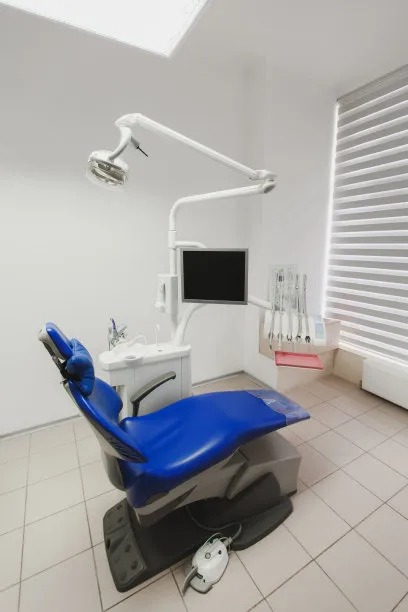The Essential Guide to Extracting a Tooth Safely and Comfortably for a Healthier Mouth
Summary: Extracting a tooth can be a daunting experience for many, but it is sometimes necessary for maintaining oral health. This guide provides essential insights into how to safely and comfortably extract a tooth, ensuring a smoother process. It emphasizes the importance of professional evaluation, preparation for the procedure, aftercare, and understanding potential complications. By following these guidelines, patients can foster a healthier mouth and alleviate anxiety surrounding the extraction process. Whether you are facing a simple extraction or a more complex scenario, our guide is designed to empower you with knowledge and confidence.
1. Importance of Professional Evaluation

The first step in ensuring a safe tooth extraction is to undergo a thorough evaluation by a dental professional. Dentists possess the training and expertise necessary to determine if an extraction is the right course of action. During the assessment, the dentist will take X-rays to assess the tooths condition and its relationship with surrounding teeth and bone structure.
In addition to evaluating the specific tooth, dentists will consider the patients overall oral health. Factors such as gum disease, cavities, and existing medical conditions can influence the decision to extract a tooth. The professional evaluation helps in formulating a customized extraction plan, contributing significantly to a safer procedure.
Furthermore, discussing any fears or anxieties with the dentist can help them create a more comfortable environment for the patient. Tailoring the extraction process to individual needs not only aids in safety but also boosts the patient’s confidence.
2. Preparing for the Tooth Extraction Process
Preparation plays a crucial role in ensuring a comfortable tooth extraction experience. Patients should follow the dentists specific instructions prior to the procedure, which may include dietary restrictions and medication guidance. Its essential to arrive at the appointment without any food or drink in certain cases, as this can affect sedation options.
Understanding what to expect during the procedure can also ease anxiety. Patients should inquire about the steps involved, as well as the type of anesthesia that will be used. Knowing that sedation is available can help patients feel more at ease, as it minimizes discomfort during the extraction.
Lastly, arranging for post-extraction care is vital. Patients should have a trusted individual available to drive them home after the procedure if sedation is involved. Preparing a comfortable recovery space with necessary supplies, such as ice packs and soft foods, will also contribute to a smoother recovery.
3. Aftercare for a Smooth Recovery
After a tooth extraction, proper aftercare is essential for promoting healing and minimizing complications. Following the dentists aftercare instructions meticulously is crucial. Patients should avoid strenuous activities for at least 48 hours to aid the healing process, as excessive movement can lead to complications.
Pain management is another important aspect of aftercare. Dentists may recommend over-the-counter pain relievers or prescribe medication to alleviate discomfort post-extraction. It’s vital to follow the prescribed dosages and not to exceed them, ensuring a safe recovery.
Monitoring the extraction site for any unusual symptoms is equally essential. Patients should look out for excessive bleeding, swelling, or signs of infection, such as fever. If any concerning symptoms arise, contacting the dentist promptly can help address potential issues before they escalate.
4. Understanding Potential Complications
While tooth extractions are generally safe, understanding potential complications prepares patients for any outcomes. One of the most common issues is "dry socket," which occurs when the blood clot at the extraction site either dislodges or doesnt form correctly. This can lead to intense pain and requires additional treatment from a dentist.
Another possible complication is infection at the extraction site. Bacterial infection can hinder recovery and may necessitate antibiotic treatment. Being vigilant about oral hygiene and following aftercare instructions significantly reduces the risk of such complications.
Finally, its essential to understand that each patients healing process is unique. Some may recover quickly, while others might take longer. Patience and adherence to professional guidance can make this a smoother experience overall, contributing to better long-term oral health.
Summary:
In summary, extracting a tooth safely and comfortably requires a comprehensive approach that includes professional evaluation, thorough preparation, diligent aftercare, and awareness of potential complications. By following these essential guidelines, patients can feel more empowered and informed about the process, ultimately fostering a healthier mouth and a more positive dental experience.
This article is compiled by Vickong Dental and the content is for reference only.


